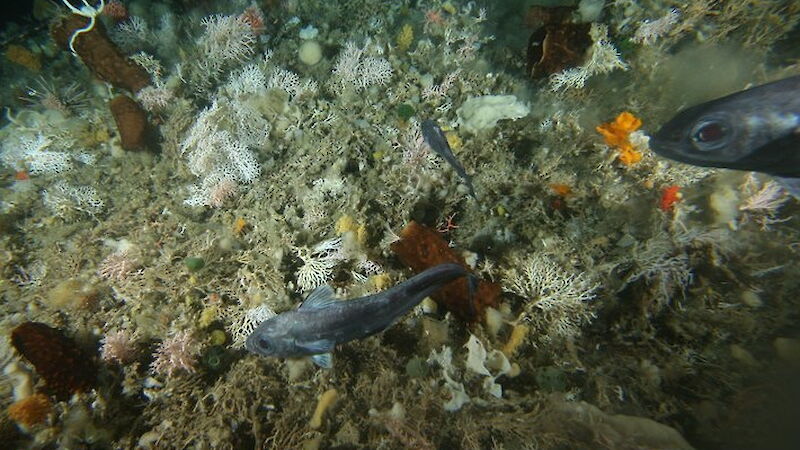The results of a decade-long study into the biodiversity of the world’s oceans, the Census of Marine Life (CoML), are being released in London this week.
The CoML program involves researchers from more than 80 nations and aims to assess and explain the diversity, distribution, and abundance of life in the oceans.
One of the 14 CoML projects is the Australian-led, Census of Antarctic Marine Life (CAML), which has undertaken the largest ever survey of the Southern Ocean.
CAML coordinated more than 19 major voyages, including the Australian Antarctic Division’s 2008 Collaborative East Antarctic Marine Census on Australia’s icebreaker ship, Aurora Australis.
More than 300 scientists from 30 countries have been involved in CAML including the Australian Antarctic Division, the CSIRO, the Institute for Marine and Antarctic Studies and the University of Tasmania.
The four day symposium at the Royal Society and Natural History Museum in London will be celebrating the major achievements of CAML including:
- The inventory of 16,500 marine taxa (species), with hundreds new to science
- DNA barcoding of 2500 species
- Pioneering DNA data to check hundreds of species which appear to inhabit both the Antarctic and Arctic waters
- Over 1000 scientific and general publications
- Online illustrated field guides and pages in the Encyclopaedia of Life
- Bioregionalisation data for conservation of Vulnerable Marine Ecosystems
- A robust baseline against which the effects of climate change may be measure

